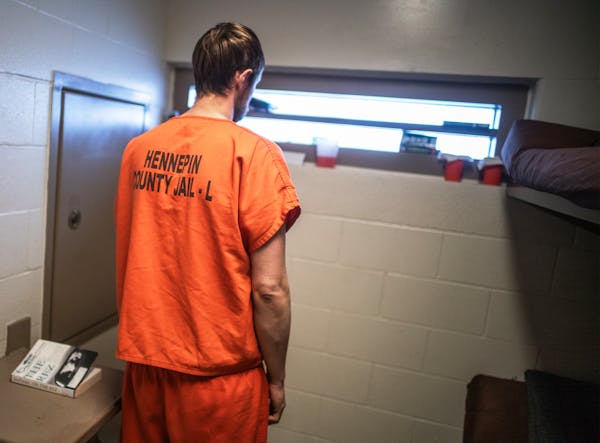In an early scene of "The Lost Girls," Justine arrives home to an unsettling break-in. There's no sign of forced entry, and nothing is broken. Her live-in boyfriend's bag is sitting in the hallway, but her boyfriend himself isn't in sight. She futilely checks for him in the bedroom. When she comes back to the living room, he's standing in the doorway, calmly, ominously watching her.
The next day she flees with her daughters to the northern Minnesota lake house that was left to her by a great-aunt. The house is the site of a decades-old mystery that devastated her family — in 1935, a little girl vanished and her father committed suicide, leaving behind his wife and two more daughters.
Justine arrives to find the house in disrepair — a disrepair that reflects the emotional lives of its former longtime inhabitants.
One of the two sisters who remained at the home was Lucy, the great-aunt who eventually left the house to Justine. From here, the narrative alternates between Justine and Lucy. Lucy's sections are a written account of what happened in 1935, which she has left in a notebook for Justine. Both voices are authentic and elegantly wrought.
Heather Young's debut is a novel of quiet intensity that builds to a terrifying climax. "The Lost Girls" contains echoes of Kate Atkinson's "Case Histories" and is just as haunting.
Rebecca Kanner is the author of "Sinners and the Sea" and "Esther." She teaches at the Loft Literary Center in Minneapolis. Her website is rebeccakanner.com.
The Lost Girls
By: Heather Young.
Publisher: William Morrow, 341 pages, $25.99.

Helen Simonson is in Jane Austen mode with 'The Hazelbourne Ladies Motorcycle and Flying Club'
![Mia's former associate curator of Native American Art Jill Ahlberg Yohe.
] ELIZABETH FLORES • liz.flores@startribune.com](https://arc.stimg.co/startribunemedia/KLM6KWE7YJDQRICKFBZ3QEYRPA.jpg?h=91&w=145&fit=crop&bg=999&crop=faces)
